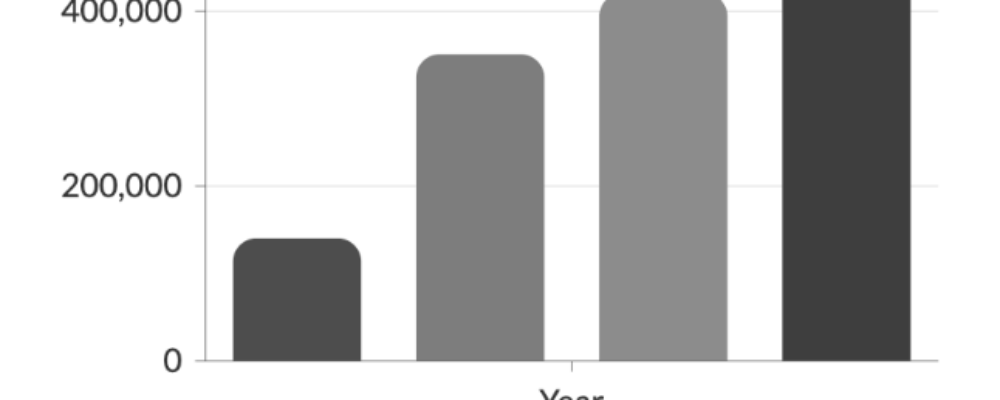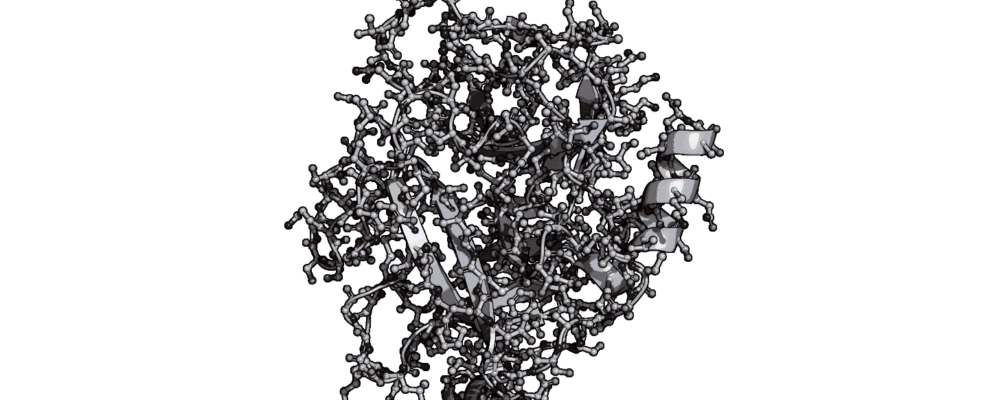A team of Stanford Medicine researchers have shown in male mice that a particular neuronal circuit is responsible for sexual arousal and for the actions and pleasure that ensue, opening avenues for treatment in men.
The brain’s hardwired housing for male mammalian sex drive, behavior and reward looks to be a one-stop shop.
Stanford Medicine investigators have mapped out a dedicated brain circuit in male mice that is tripped off by the presence of a female mouse, lighting the fires of sexual desire and inducing mating activity and the satisfaction derived from it.
“We’ve singled out a circuit in male mammals’ brains that controls sexual recognition, libido, and mating behavior and pleasure,” said Nirao Shah, MBBS, PhD, professor of psychiatry and of neurobiology and the senior author of a study describing the findings, published online Aug. 11 in Cell. Lead authorship is shared by postdoctoral scholars Daniel Bayless, PhD, and Renzhi Yang, PhD; and graduate student Chung-ha Davis.
The study showed that a male mouse’s determination that a stranger is female activates a brain center in the male that is the seat of libido. In turn, this activates downstream brain centers that carry out routine mating actions and induce pleasure — conditioning the male mouse to want to do it again when the opportunity arises.
In the presence of a willing female, this circuit’s activation can lead to resumption of mating even immediately after ejaculation.
Along with potential drug applications, the findings could lead to a deeper understanding of the innate differences between male and female mammals and of the forces driving human sexuality.
Mapping the mouse brain
In extensive experiments, the researchers used several state-of-the-art technologies to meticulously map the neuronal connections composing this circuit. To ensure that the behavior and brain activity of the mice in their experiments were not shaped by social influences, the scientists used adult virgin male mice who had not seen female mice after being weaned at 3 or 4 weeks of age.
Earlier work by Shah and his colleagues has shown that manipulating neurons projecting from a part of the amygdala (the seat of our emotions) called the bed nucleus of the stria terminalis, or BNST, to another brain structure called the preoptic hypothalamus could turn on and off male mice’s recognition of the sex of an unfamiliar mouse.
“We wanted to know exactly which of these neurons were talking to exactly which neurons in the preoptic hypothalamus once that recognition occurred,” Shah said.
In the new study, the team zeroed in on a small set of genetically distinct BNST neurons that are distinguished by the fact that they secrete a slow-acting peptide, or protein snippet, called Substance P. The scientists also tracked down another small set of genetically distinct neurons in the preoptic hypothalamus that had receptors for Substance P. The former set of neurons made connections with the latter set.
Stimulation of the tract containing the Substance P-secreting BNST neurons accelerated activity in the Substance P receptor-bearing neurons in the preoptic hypothalamus, ramping up activity in the latter neurons over a roughly 90-second period, faithfully followed — after a 10- to 15-minute delay — by the full sequence of male mating behavior: mounting, penetration and ejaculation.
It turns out that when Substance P binds to its receptors on those neurons in the preoptic hypothalamus, it gradually sensitizes the neurons so they become increasingly active.
Directly infusing Substance P into the vicinity greatly accelerated the ability of the male mouse to begin mating with a willing female. Direct activation of the Substance P receptor-bearing neurons in the preoptic hypothalamus even led to mating with inanimate objects.
No rest period
Virtually all male mammals experience a so-called refractory period, a stretch of time required before full sexual drive and capability is restored after ejaculation.
For the mice used in this study, the normal refractory period is five days. But directly stimulating just the Substance P receptor-containing neurons of the preoptic hypothalamus via experimental manipulations prompted male mice that had just ejaculated to immediately reprise their sexual mating routine all the way to a second consummation in the presence of a female mouse.
“It took one second or less for them to resume sexual activity,” Shah said. “That’s a more than 400,000-fold reduction in the refractory period.”
On the other hand, Shah said, “if you silence just this set of preoptic-hypothalamus neurons, the males don’t mate, period,” although there are no other noticeable effects.
The Substance P receptor-containing neurons in the preoptic hypothalamus connect to two downstream brain centers that are known to be critical to, respectively, voluntary movement and experiencing or anticipating pleasure.
Nature is far from footloose in its conservation of such important brain circuitry from one mammalian species to the next, Shah said.
“It’s very likely there are similar sets of neurons in the human hypothalamus that regulate sexual reward, behavior and gratification,” he said. “And they’re probably quite similar to the ones we’ve observed in mice.”
Applications for treatment of sex drive
The study’s findings could lead to drugs that serve as libidinal rheostats, capable of tamping down sex circuitry in the brains of men with hyperactive sex drives, or, alternatively, boosting sex drive in men who suffer from a lack of desire.
“If these centers exist in humans — and now we know where to look — it should be possible to design small molecules that can be used to regulate these circuits,” Shah said.
“Such drugs would be quite different from today’s phosphodiesterase inhibitors,” which counter erectile dysfunction, Shah said. “Instead of generally enhancing blood flow in small vasculature throughout the body, they would directly amplify or tamp down a specific brain area that controls male sexual desire.”
Activating the male-mouse mating circuit had no direct effect on male aggressiveness, Shah said. So, a drug that increased libido in a male by this mechanism of action would be unlikely to trigger aggressive behavior.
Shah’s group is actively seeking to elucidate the equivalent circuits in females.
Researchers affiliated with the Allen Institute for Neural Dynamics and Columbia University contributed to the work.
The study was funded by the National Institutes of Health (grants R01NS049488, R01NS104565 and R01NS050835), the National Science Foundation, the Wu Tsai Neurosciences Institute, Pew Charitable Trust, the GG Gift Fund and the PD Soros Foundation.
“Stanford University, officially Leland Stanford Junior University, is a private research university in Stanford, California. The campus occupies 8,180 acres, among the largest in the United States, and enrols over 17,000 students.”
Please visit the firm link to site






